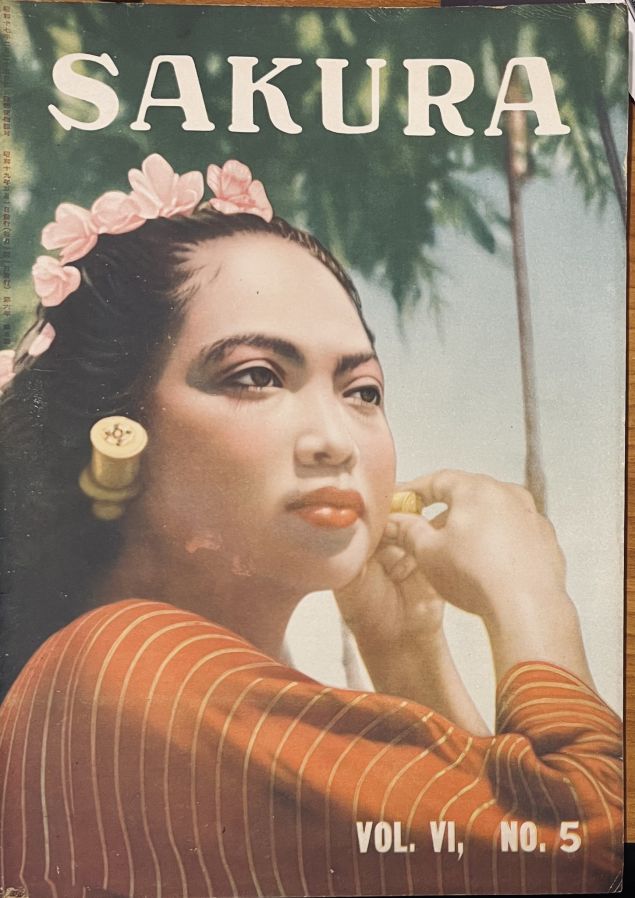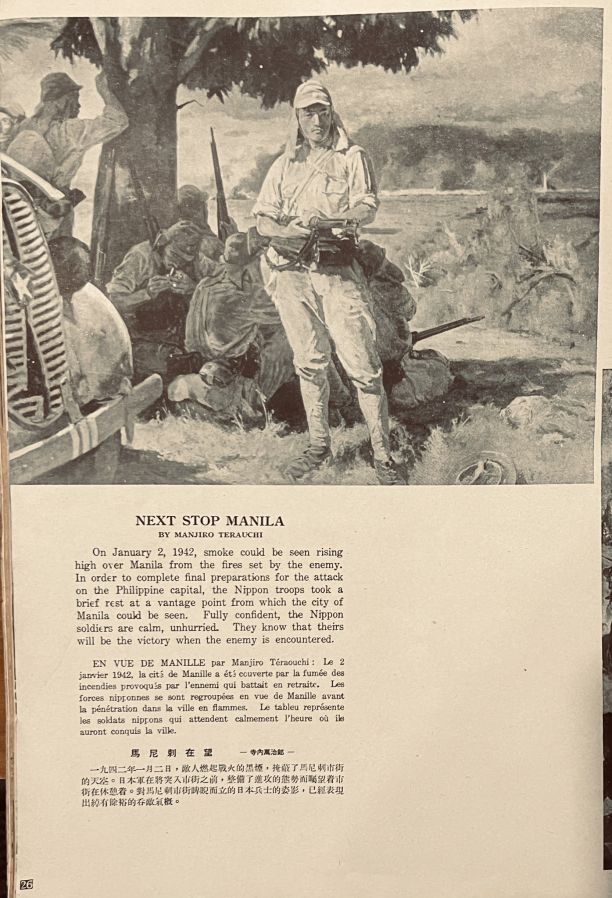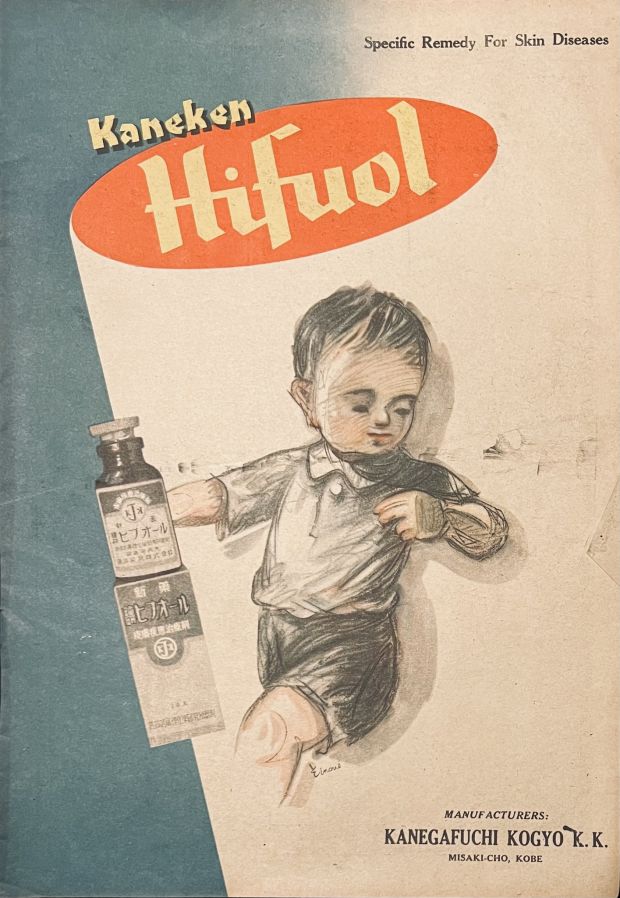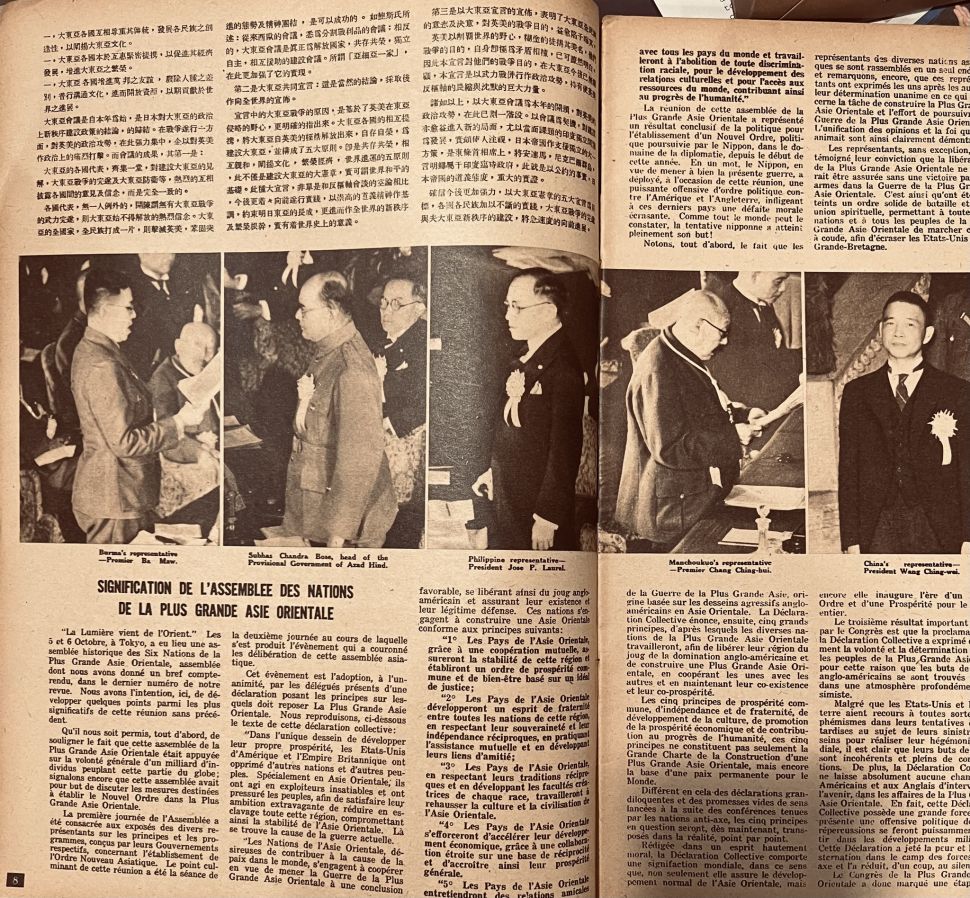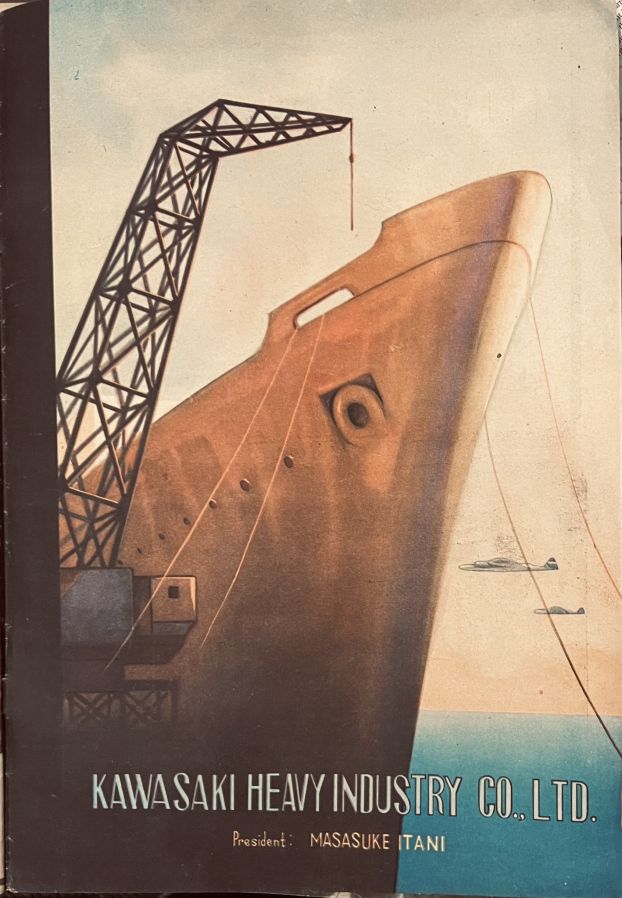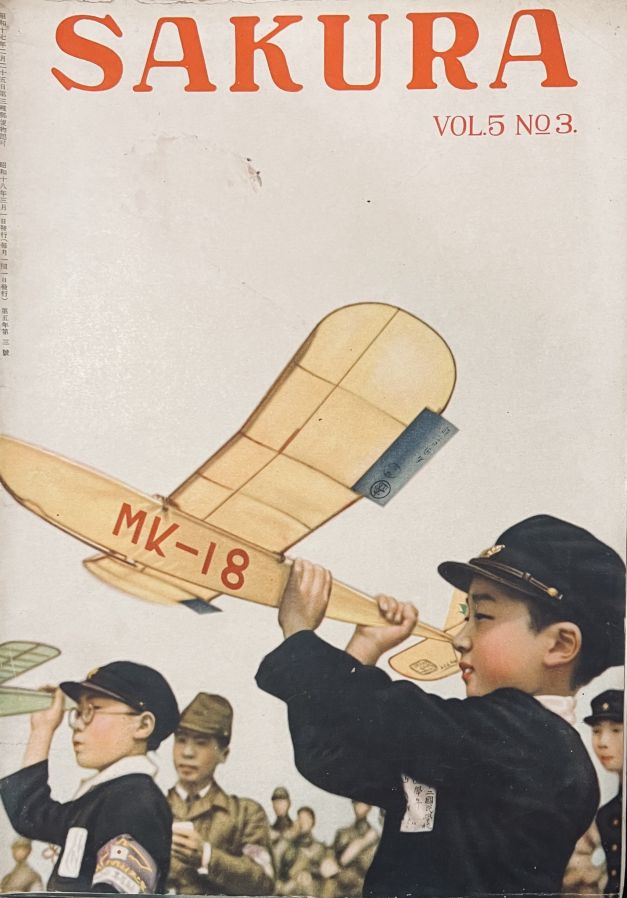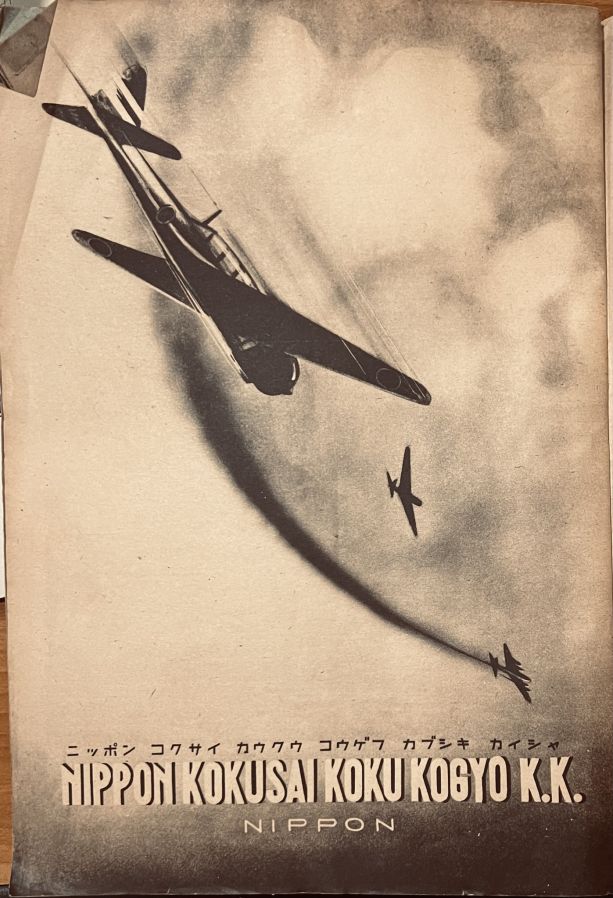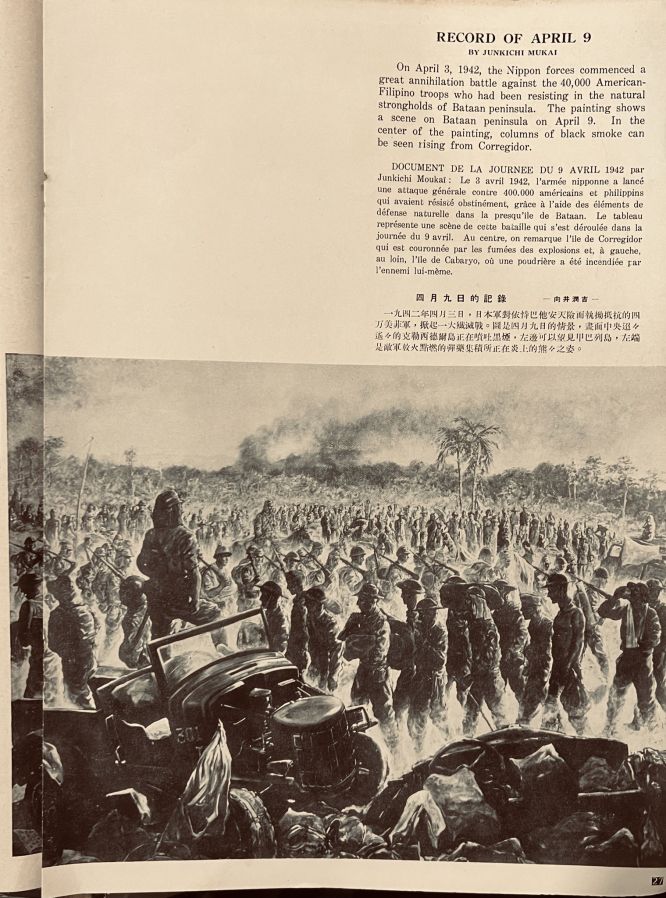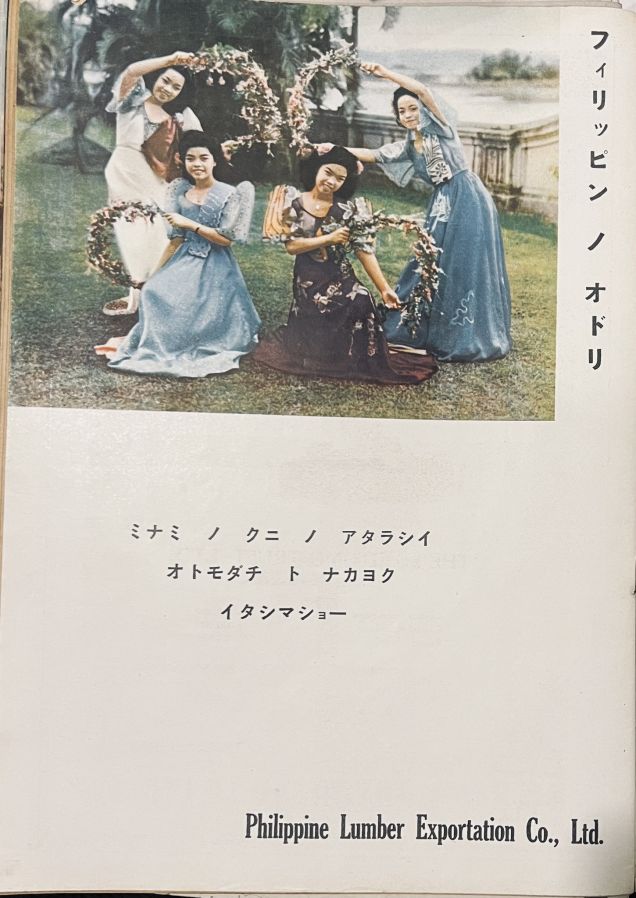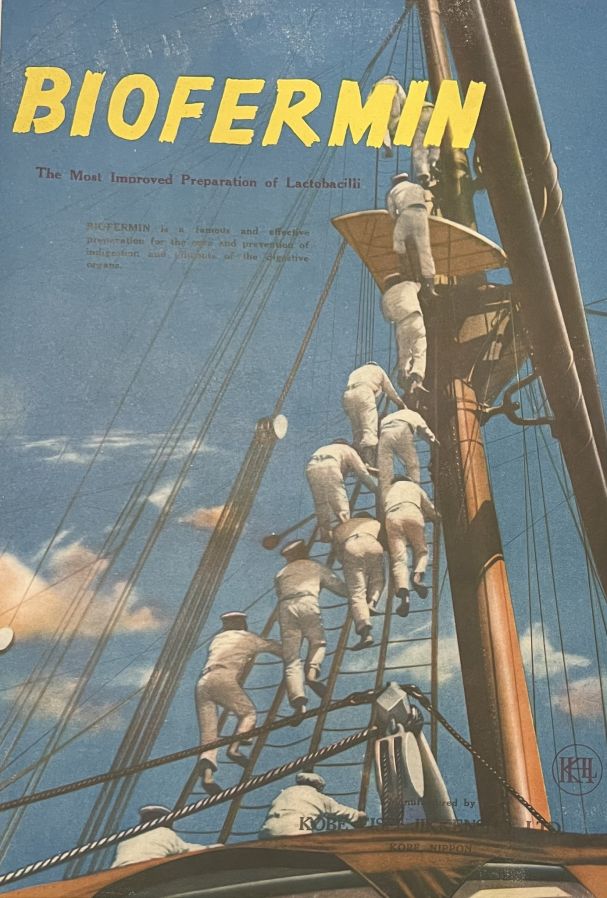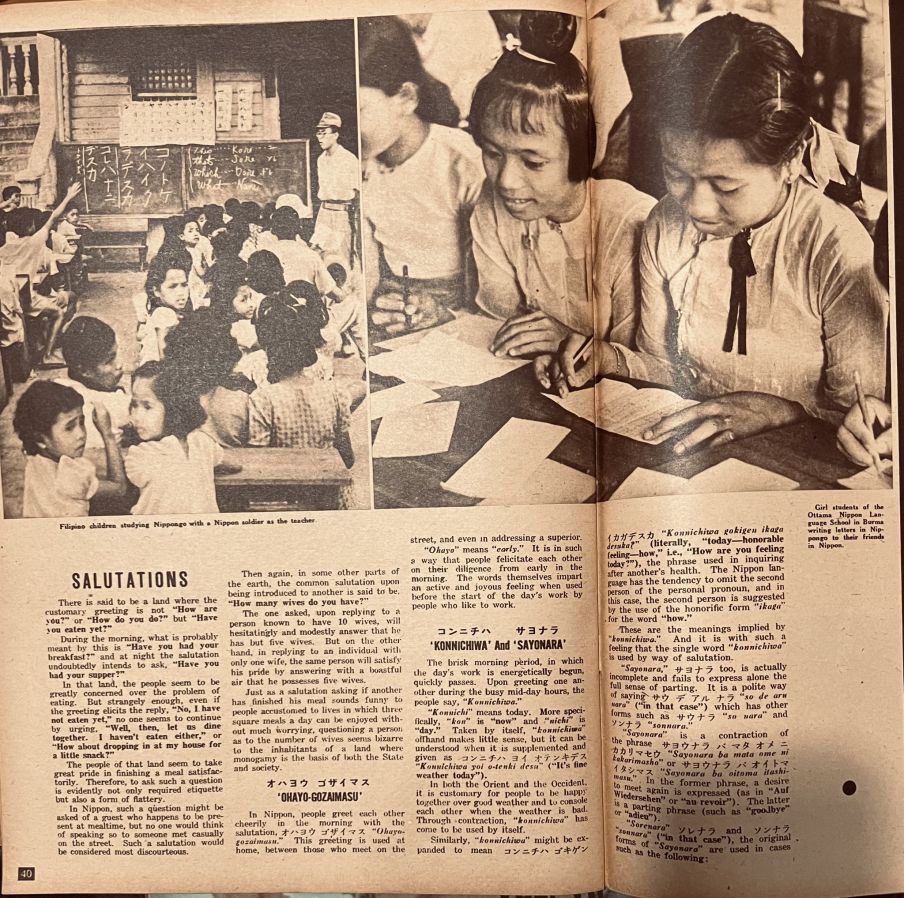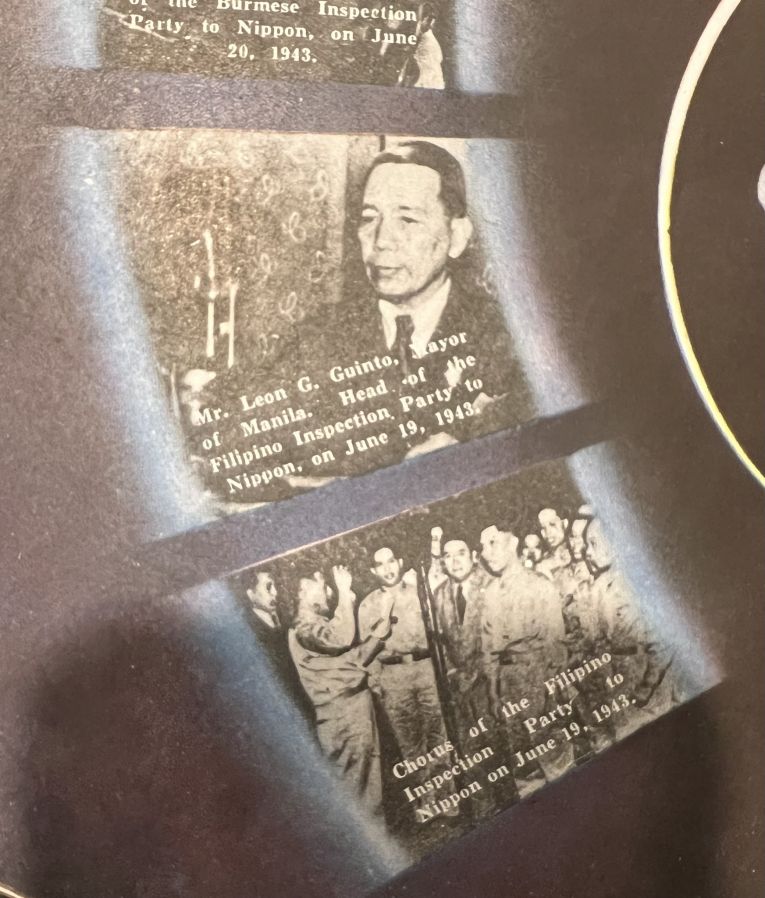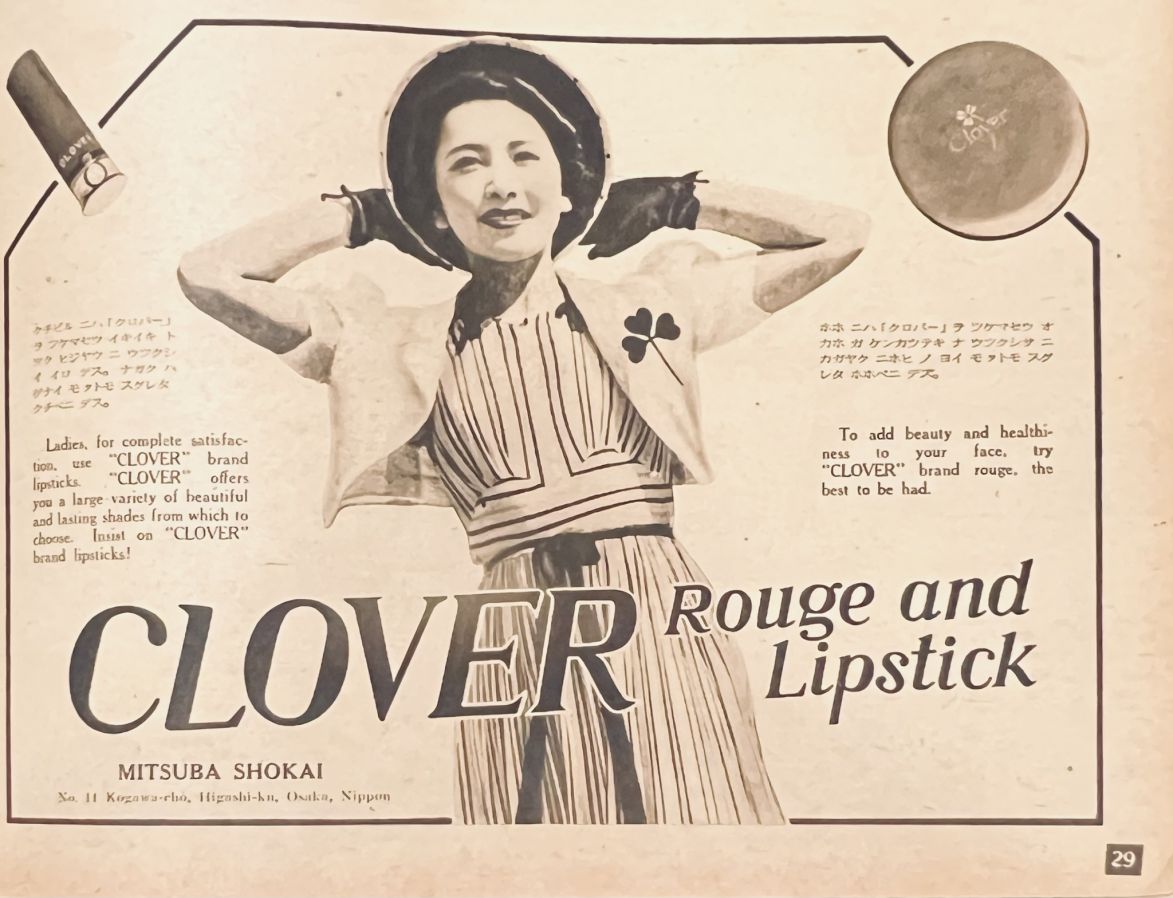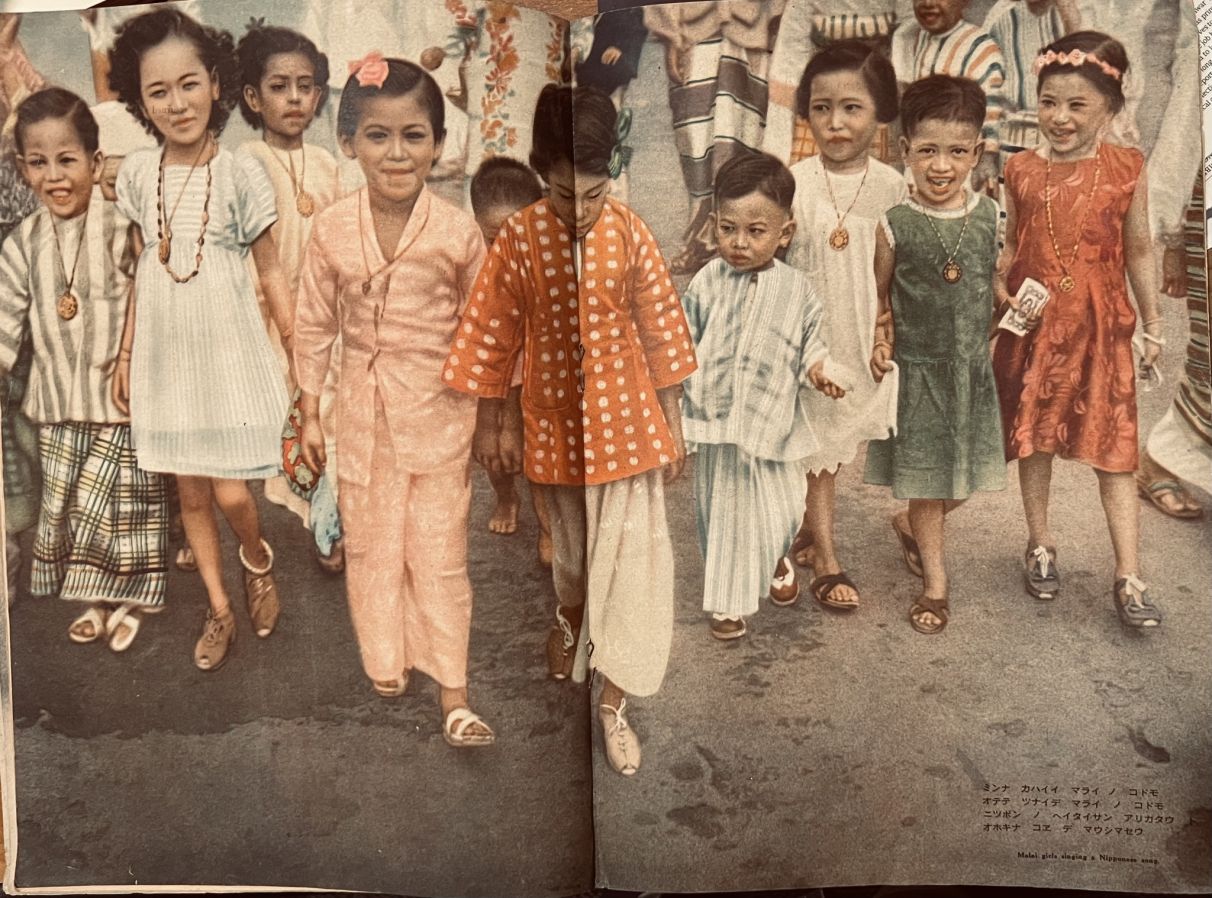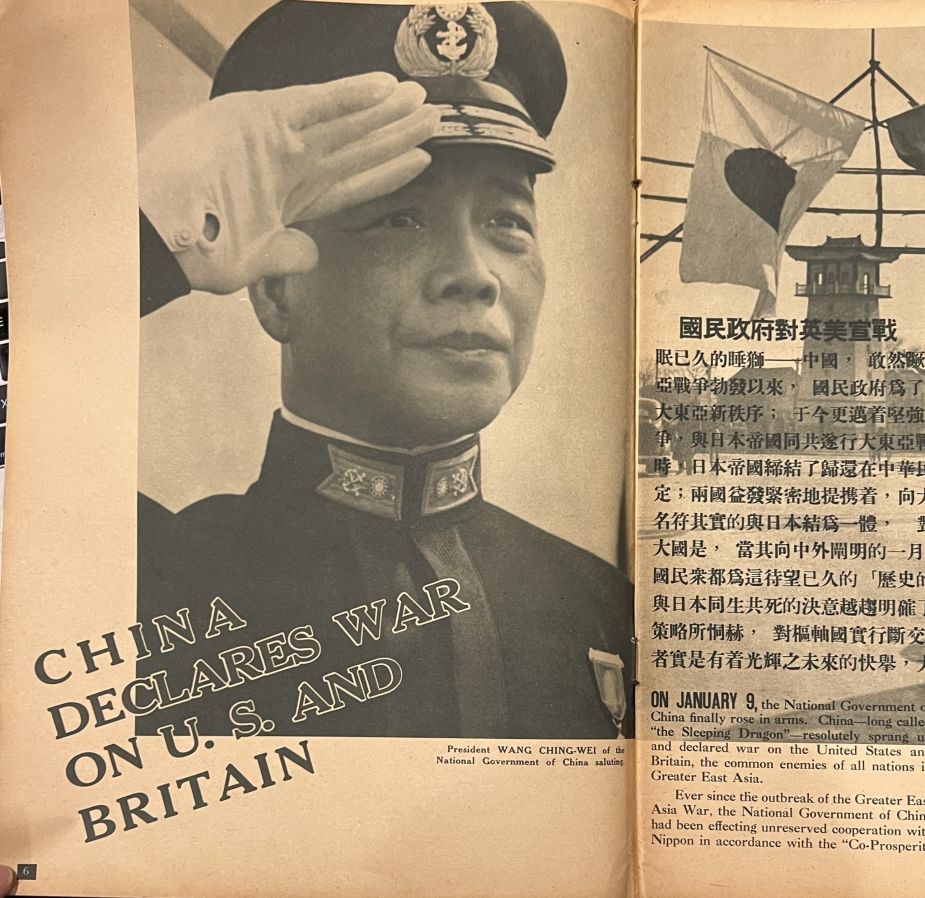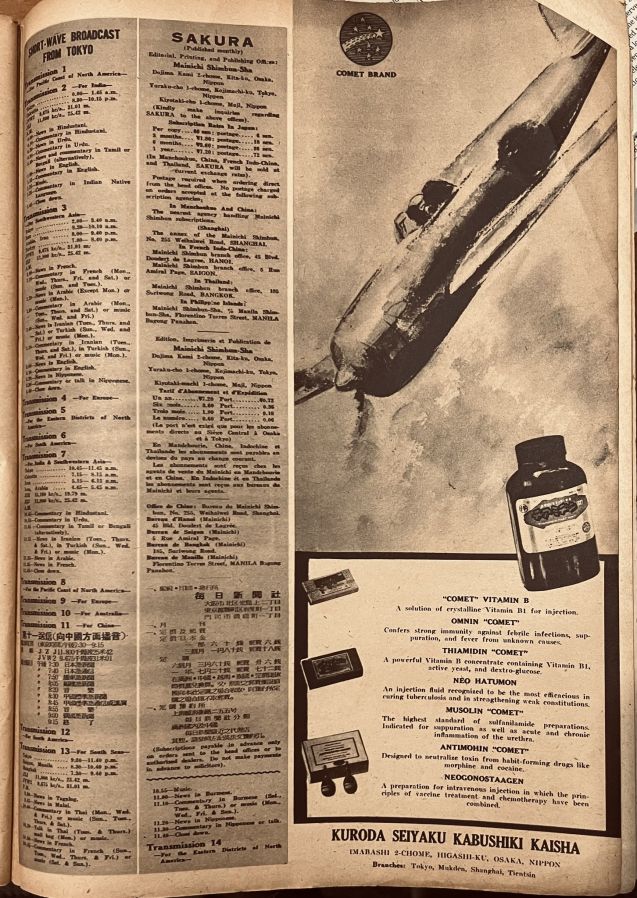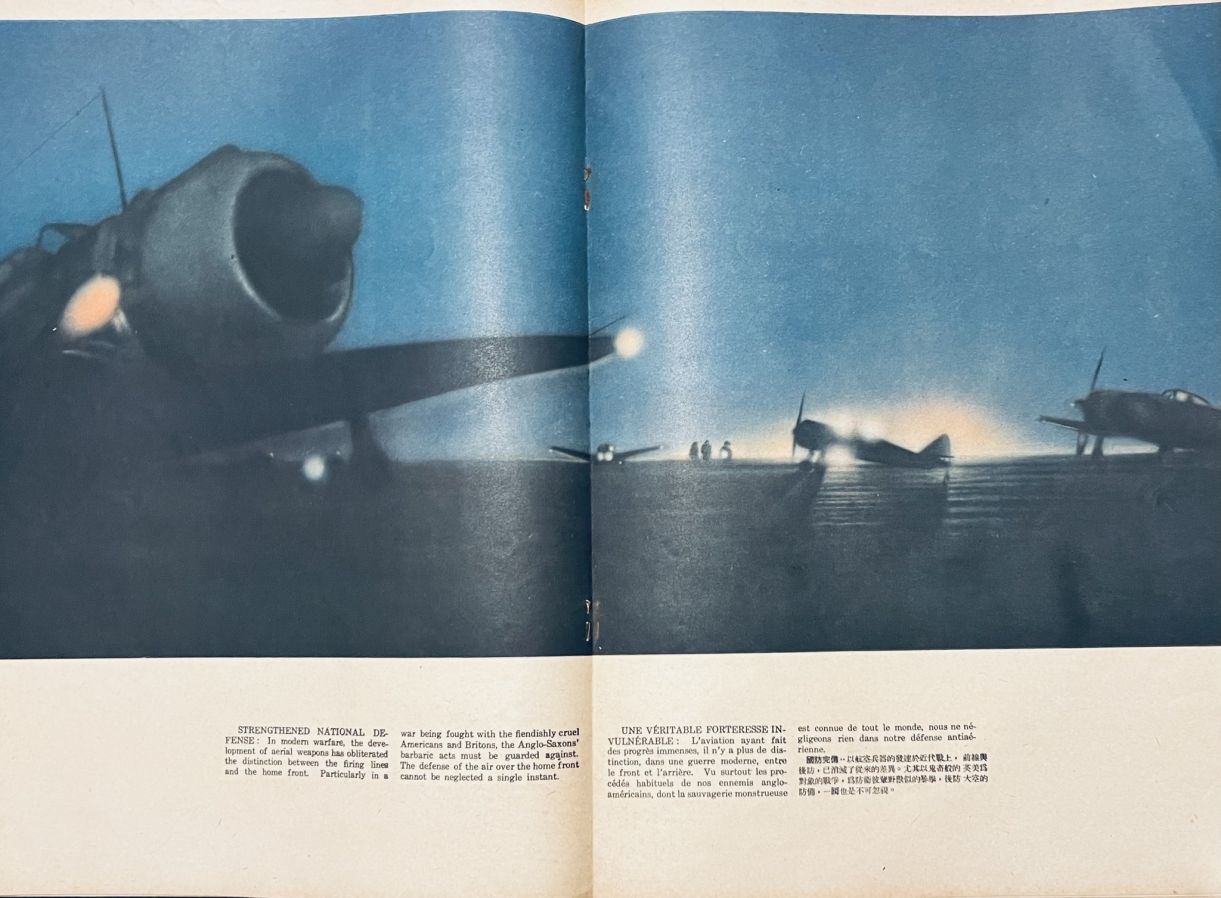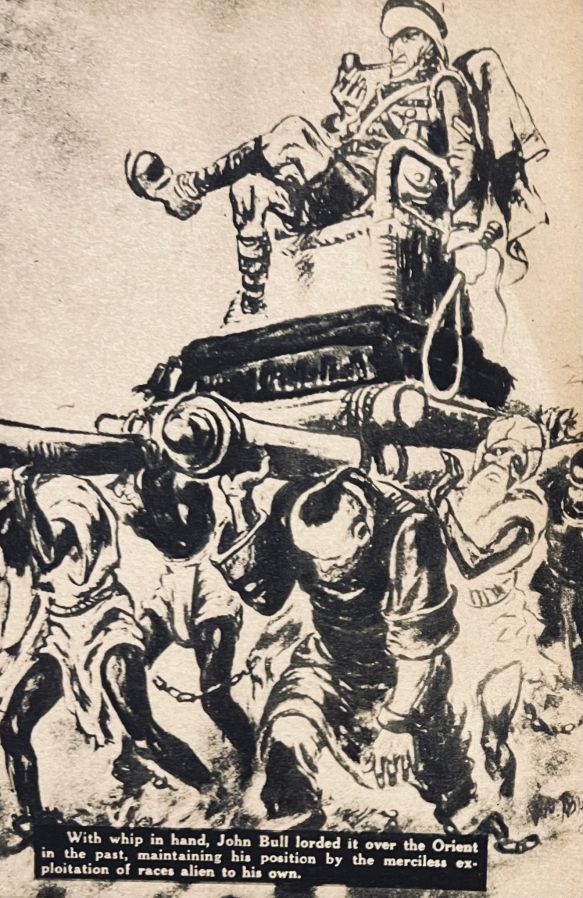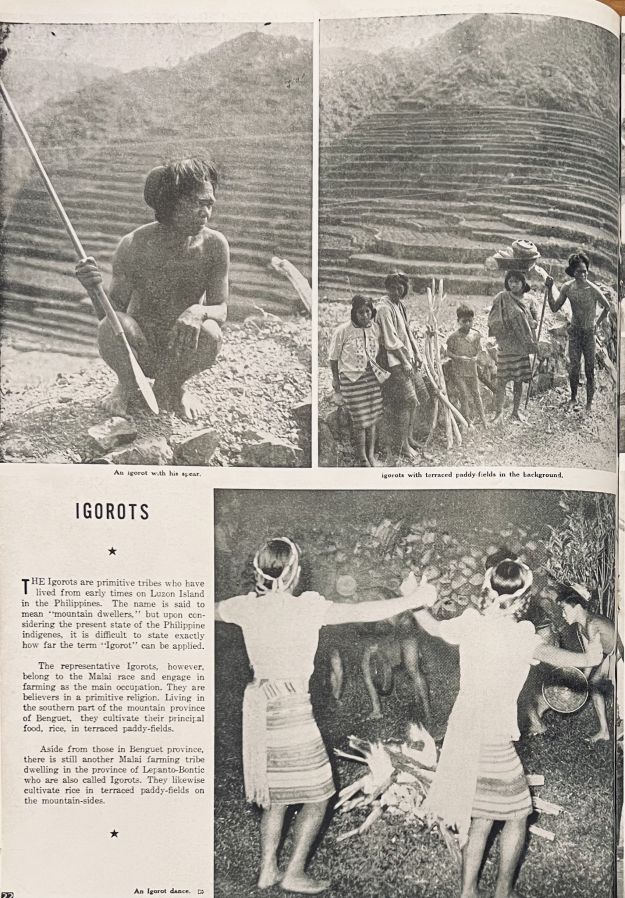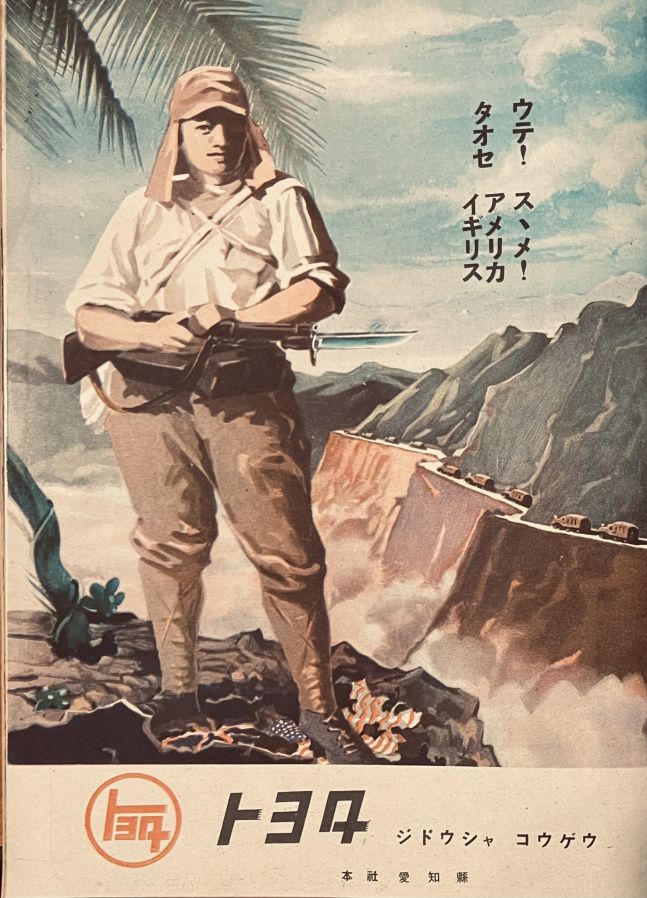The current disinformation campaigns in elections and propping authoritarian regimes have had a long history.
In World War II, the disinformation campaign, then called propaganda, was crucial to showing how one side, like the Japanese Military, was doing well in their conquered Greater East Asia Co-Prosperity Sphere (South, Southeast Asia, and Oceania).
In the Ortigas Library, we have a set of WW II propaganda magazines, entitled Sakura from Volumes five to seven with missing issues in between.
Volume 5 may have been printed in the spring of 1943. There is a piece in one issue about the arrival of General Hideki Tojo to Manila in May 1943 affirming his promise of granting independence to the Philippines later that year, a one-upmanship stroke with the United States which promised to give independence three years later.
The Philippines is mentioned and illustrated many times in the issues. As an imperial power though with a vast swath of conquered Asia, The Japanese propaganda machinery made sure to cover the occupied territories of Burma (now Myanmar), Indonesia, the Pacific Islands, parts of China particularly Manchukuo (Manchuria), and parts of India as well. In each print issue, there was an ongoing listing of the daily short-wave radio broadcasts from Tokyo to China, Saigon, Burma, Manila, Bangkok, and the South Seas in their respective languages. News and commentaries were also beamed to India, all of South Western Asia, Europe, and North and South America.
The Sakura whose publishing arm was the Mainichi Shimbun-Sha had their main offices in Osaka and Tokyo with regional offices in Shanghai, Hanoi, Bangkok, and Saigon. In Manila the Mainichi Shimbun branch was on Florentino Torres Street in Santa Cruz.
Within five months of the surprise attack of Pearl Harbor, and the rapid advance of Japanese forces in Southeast Asia, their fortunes changed in mid-1942 with the Battle of Midway, the taking of Guadalcanal, and the retaking of Pacific islands, inching slowly towards Japan.
But at Sakura, with its articles on making friends throughout the Co-Prosperity Sphere, including promises of independence for the Philippines, India, and Burma and installing figureheads and sympathizers through the rest of Asia, the relationships were rosy, the Japanese were the saviors, and their presence secure in the region.
By Volumes six and later seven, around 1943 – 1944, the articles’ tone was sounding vociferous and defensive with advertising pages reflecting a more militaristic posture. A counting of destroyed, damaged, and captured American, British and Dutch battleships, carriers, and cruisers (Pearl Harbor included) were presented in one issue to show achievements so far. Cartoons of the British exploiting the Indians were a call to revolt. A headline about China declaring war on Britain and the United States was proof of the Asian revulsion toward the west.
Pharmaceutical companies once advertising lipstick and pain medicine were now showing dive bombers and sailors unfurling sails. Steel factories with artsy ads showing molten vats now were more blatant with deco-styled battleship construction and bombers flying above.
To occupied peoples, those naïve to slick visual blandishments and authoritative pronouncements from Tokyo radio, were impressive, lengthening the staying power of an errant nation.
To the Japanese themselves, these same messages were their source of solace and hope as the aerial bombardment of their country began and the mourning of over a half million soldiers continued unabated.
Studying these magazines closely I see a thread of manipulation through the pages and their powers in seducing people. They include a continuous optimistic tone never letting on that things had gone awry. Sakura only ended its print run when American bombers finally destroyed their offices as well as the rest of the city in 1945.
The call to nationhood, in this case calling their country Nippon, projecting its glory, its history, and its united bravery all were evident in the magazine.
Sakura knew the enemy, Achilles Heel. It was the unequal and even heinous relationships that many of the colonies endured for centuries from the west, fodder for Japan to exploit. India – Britain, Burma – Britain, Vietnam – French, Indonesia – Dutch, Philippines – United States. Sakura’s staff writers had little difficulty in presenting the colonial realities and, in turn, the promise of Japanese governance and bestowing independence.
There are so many messages from each page of the magazine, surely studied and bickered about in their Osaka or Tokyo editorial offices eighty years ago. Even in the outright propaganda, it was spewing, they made sure all pages, including advertising pages were flawless and beautifully rendered. Artistic illustrations, color, and pages redolent with unflinching patriotism gave the Japanese Imperial war machine a little more time to believe in victory. But as all propaganda goes, it had its limits. The atomic bomb drops in Hiroshima and Nagasaki finally ended the denial spawned by propaganda.
Come visit our Library and leaf through these magazines. It’s a lesson for us in this age of fake news and disinformation. We may sharpen our awareness of them by looking at their predecessors.
